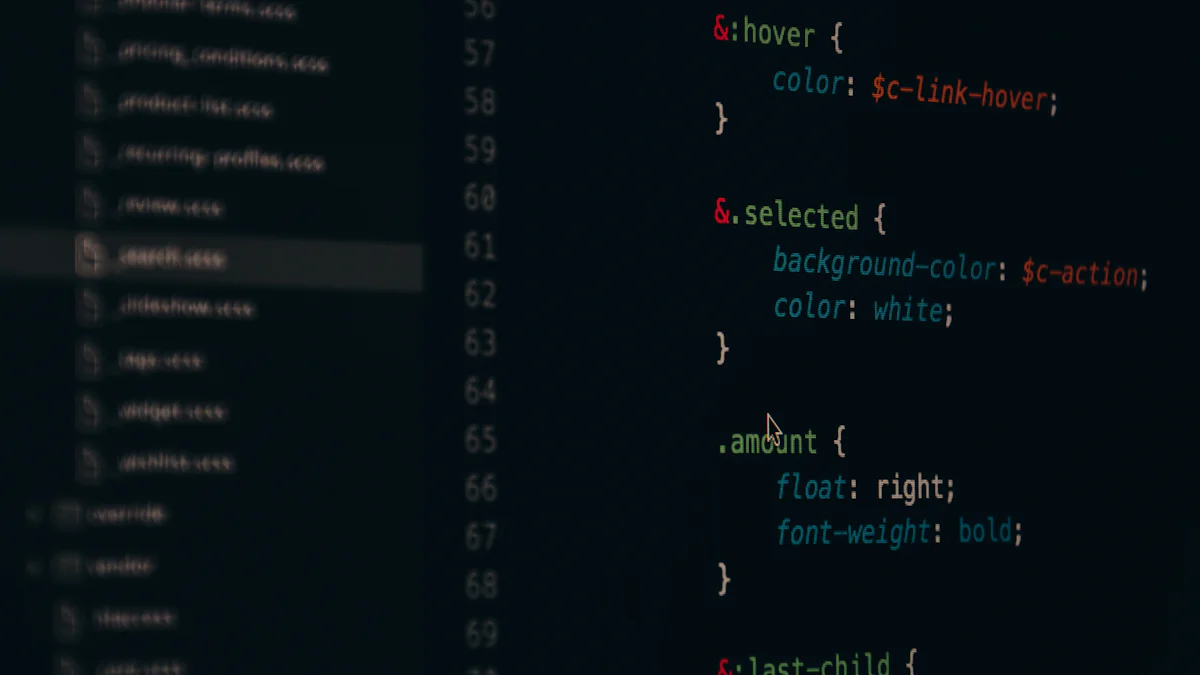
Quantization plays a pivotal role in deep learning by optimizing model efficiency and performance. Reducing the precision of weights and activations through PyTorch quantization techniques can significantly enhance model deployment on resource-constrained devices. This pytorch quantization tutorial delves into the impact analysis of quantization, shedding light on its benefits and challenges. By exploring the nuances of quantization methods and practical applications, readers will gain valuable insights into leveraging PyTorch for efficient model optimization.
# Impact of Quantization
# Quantization Benefits
# Reduced Model Size
- The quantization process leads to a remarkable reduction in model size and memory footprint (opens new window). By compressing the model to 1/4 (opens new window) of its original size, storage-constrained devices can accommodate larger models efficiently. This optimization not only minimizes overhead during model loading but also maintains prediction accuracy at an acceptable level.
# Improved Inference Speed
- Quantization significantly enhances inference speed (opens new window) by leveraging 8-bit integer (int8) instructions. This approach accelerates inference processes, reducing latency and ensuring that models meet quality of service goals on resource-limited devices. With a 4x reduction in model size (opens new window) and a 2x to 3x speedup (opens new window) compared to floating-point implementations, quantization proves instrumental in achieving faster inference speeds across various hardware platforms.
# Quantization Challenges
# Accuracy Trade-offs
- While quantization offers substantial benefits in terms of model size and speed, it may introduce minor accuracy trade-offs due to reduced precision. However, these trade-offs are often negligible compared to the efficiency gains achieved through quantization techniques. The slight dip in accuracy is a worthwhile compromise for the significant improvements in performance and deployment feasibility on edge devices.
# Implementation Complexity
- Implementing quantization methods may pose challenges related to complexity, especially when transitioning from floating-point models. However, with the right tools and resources provided by PyTorch, practitioners can navigate this complexity effectively. By following best practices and leveraging tutorials available for post-training static quantization, dynamic quantization, and quantization-aware training, the implementation process can be streamlined for optimal results in model optimization and deployment scenarios.
# Quantization Methods
In the realm of PyTorch Quantization, various methods pave the way for optimizing models to their fullest potential. Let's delve into these techniques to grasp their significance and impact on model efficiency.
# Post Training Static Quantization
When it comes to post-training static quantization, an overview reveals its essence. This method involves converting a pre-trained floating-point model into a quantized version, reducing memory usage and enhancing inference speed. The process ensures that the model maintains its integrity while operating with increased efficiency. To master this technique effectively, engaging in a comprehensive PyTorch quantization tutorial is key.
# Post Training Dynamic Quantization
Similarly, post-training dynamic quantization offers a distinct approach. By providing an overview of this method, practitioners can understand how models are quantized during inference, allowing for flexibility in the optimization process. Exploring tutorials and resources dedicated to this technique empowers individuals to harness the full potential of dynamic quantization for their models.
# Quantization Aware Training
For those seeking a more proactive approach, quantization aware training stands out as a valuable strategy. Understanding the core concepts through an overview is crucial for successful implementation. By engaging in a dedicated PyTorch quantization tutorial, one can navigate the intricacies of training models with quantization in mind effectively.
# Practical Applications
# Pretrained Quantized MobileNet
Case Study
Reducing Model Size: Implementing weight quantization techniques on a pre-trained MobileNet model significantly reduces its size, optimizing storage efficiency without compromising performance. This transformation enables seamless deployment on resource-constrained devices while maintaining the model's predictive accuracy.
Improved Inference Speed: By leveraging quantization methods, such as post-training static quantization, the inference speed of the Pretrained Quantized MobileNet is notably enhanced. The streamlined operations with reduced precision computations ensure swift predictions, meeting real-time processing requirements efficiently.
Accuracy Preservation: Despite the reduction in precision during quantization, the Pretrained Quantized MobileNet achieves an impressive accuracy rate of 70.67% on the CIFAR-10 dataset. This slight deviation from the original model's accuracy underscores the effectiveness of weight quantization in balancing model optimization and performance.
The successful application of weight quantization to a pre-trained MobileNetV2 (opens new window) model exemplifies its practical benefits for enhancing model efficiency and deployment on mobile and embedded platforms.
# Workflows and Best Practices
Recommended Workflows
Model Optimization: Begin by selecting an appropriate quantization method based on your deployment requirements. Evaluate factors such as model size constraints and latency thresholds to determine the most suitable approach for your project.
Validation Procedures: Conduct thorough validation tests post-quantization to ensure that the optimized model maintains acceptable accuracy levels. Utilize validation datasets to assess performance metrics and fine-tune the quantized model if necessary.
Deployment Strategies: Develop robust deployment strategies that consider hardware compatibility and platform-specific optimizations. Tailor your workflows to align with target device specifications for seamless integration and optimal performance.
Continuous Monitoring: Implement monitoring mechanisms to track model performance post-deployment actively. Regularly evaluate inference results and user feedback to identify areas for further optimization or refinement in subsequent iterations.
By adhering to recommended workflows and best practices in model quantization, practitioners can unlock the full potential of PyTorch tools for efficient neural network optimization.
Quantization emerges as a pivotal technique in optimizing model size, memory footprint (opens new window), and computational efficiency for deploying deep learning models in resource-constrained environments. The continuous development and advancement of quantization techniques are essential for enabling the widespread deployment of AI applications across various domains. Model quantization strikes a delicate balance between accuracy and resource efficiency (opens new window), particularly on edge devices with limited computational resources. By leveraging quantization methods, developers can ensure efficient model deployment without compromising performance or accuracy levels.



